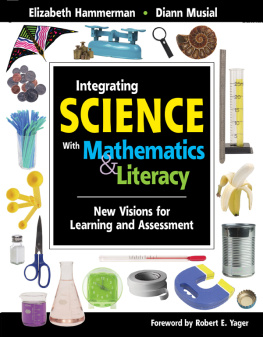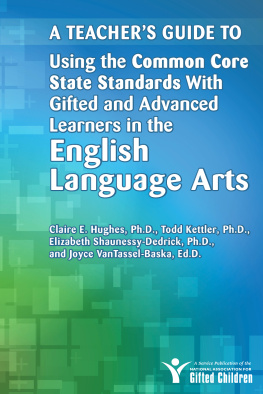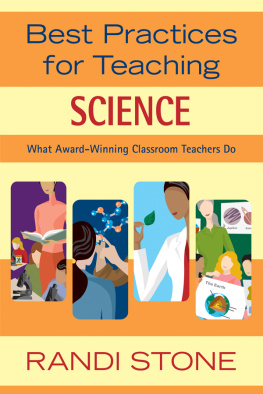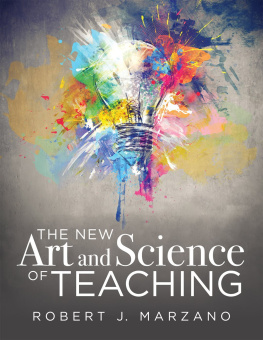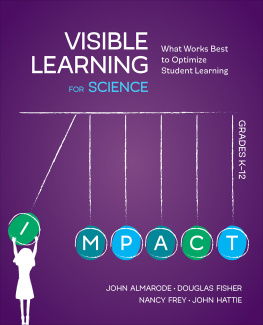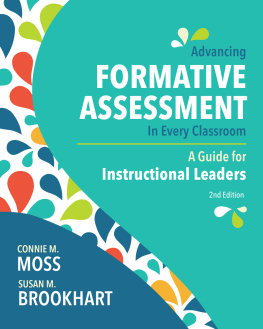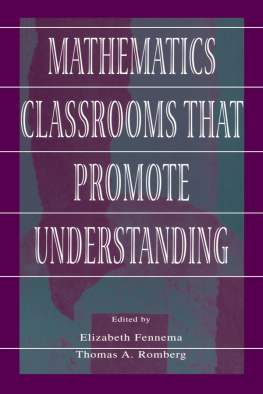
Copyright 2008 by Elizabeth Hammerman and Diann Musial
First Skyhorse Publishing edition 2014
All rights reserved. No part of this book may be reproduced in any manner without the express written consent of the publisher, except in the case of brief excerpts in critical reviews or articles. All inquiries should be addressed to Skyhorse Publishing, 307 West 36th Street, 11th Floor, New York, NY 10018.
Skyhorse Publishing books may be purchased in bulk at special discounts for sales promotion, corporate gifts, fund-raising, or educational purposes. Special editions can also be created to specifications. For details, contact the Special Sales Department, Skyhorse Publishing, 307 West 36th Street, 11th Floor, New York, NY 10018 or info@skyhorsepublishing.com.
Skyhorse and Skyhorse Publishing are registered trademarks of Skyhorse Publishing, Inc., a Delaware corporation.
Visit our website at www.skyhorsepublishing.com.
10 9 8 7 6 5 4 3 2 1
Library of Congress Cataloging-in-Publication Data is available on file.
Cover design by Lisa Riley
Print ISBN: 978-1-62914-706-2
Ebook ISBN: 978-1-63220-008-2
Printed in China
Contents
Foreword
N ew definitions and structures for science curriculum and new teaching strategies are difficult to attain. However, change in assessment strategies has been even more difficult. Teachers often return to quizzes, unit tests, and standard achievement measures as the only valid and objective indicators of learning. School administrators, boards of education, and the general public are also guilty of assuming that the only valid assessment strategies are the typical recall type of instruments and tests. New curriculum and teaching strategies are often assessed in terms of their effect upon standard measures of student learning.
For his doctoral dissertation at the University of Iowa in 1991, E. E. Zehr studied more than two hundred Iowa K12 teachers who were actively involved with science-technology-society approaches in association with the National Science Teachers Association and the Science Standards and Curriculum project. He found that although teachers were willing to assess students in multiple domains, they used traditional test items to determine grades. Many attempted to write application and performance items; however, careful analysis revealed that nearly all of the assessment items resembled typical recall questions that focused on definitions, ideas, and skills taught directly in the classroom. These teachers seldom noted the importance of altering their assessment strategies.
Elizabeth Hammerman and Diann Musial recognize the problem with assessment reforms. They write and speak to the importance of assessment in meeting new goals, matching new curriculum structures, and conforming to the improvement in teaching practices. Integrating Science with Mathematics & Literacy provides a fine rationale for changing assessment to relate to the other facets of current reform efforts. The authors philosophy, recommendations, and examples correspond to the ideas advanced in the National Research Councils National Science Education Standards .
Hammerman and Musial developed their book in collaboration with some of the most creative upper-elementary and middle school teachers in Illinois. The result is an easily understood and helpful book that encourages teachers to develop, try, and use performance measures in assessing their teaching and the learning of their students.
The authors define performance assessments as a set of tasks that include hands-on activities, criterion-referenced test items, and open-ended writing prompts. They are structured to match the type of inquiry exhibited by practicing scientists and mathematicians. Through the multidimensional tasks, students are given various opportunities to build concepts, practice and develop skills, and show what they know and can do. The tasks both teach and assess content, skills, and habits of mind and expand students abilities to relate science to the (real) natural world. The tasks teach because students are challenged to investigate concepts, collect data, make sense of these data, and apply their learning. Hence, even though these performance tasks are meant to provide assessment information, they are not boring or repetitive because as students demonstrate their knowledge, skills, and dispositions, they also acquire new knowledge and refine their skills.
It is important that students, parents, administrators, and others become involved in identifying desirable and appropriate learning and assessment performances. They should be partners in encouraging learning and determining when real learning has occurred. Real learning is usually best indicated by the transfer of concepts and skills to completely new situations.
Assessment is a basic part of the teaching/learning process. In fact, science cannot exist without it. Scientific inquiry begins with a question, followed by a personal explanation (hypothesis), which in turn must be tested for its validity. This testing is assessment; it is the evidence that must be shared and accepted by others for a hypothesis about the natural world to become scientific knowledge.
Engaging students minds in the learning process is the goal. In the February 1994 issue of Educational Leadership (How to Engage Students in Learning, pp. 1113), Vito Perrone offers the following list of strategies for student engagement:
- Students have time to wonder and find a particular direction that interests them.
- Topics have a strange qualitysomething common seen in a new way, evoking a lingering question.
- Teachers permiteven encouragedifferent forms of expression and respect students views.
- Teachers are passionate about their work. The richest activities are those invented by teachers and their students.
- Students create original and public products; they gain some form of expertness.
- Students do somethinge.g., participate in political action, write a letter to the editor, work with the homeless.
- Students sense that the results of their work are not predetermined or fully predictable.
Hammerman and Musial provide ideas for performance assessments that promote student engagement. They offer great strategies for developing rubrics to determine the extent and the degree to which real learning has occurred.
I recommend Integrating Science with Mathematics & Literacy to all teachers who want to learn how to make their assessment of learning more authentic. The ideas will help promote current reform efforts and provide great hope that these efforts will be more successful and longer lasting than all our past attempts at educational reform.
Robert E. Yager, Professor
Science Education
The University of Iowa
Acknowledgments
We would like to acknowledge the following individuals who reviewed this book:
Charlotte Kenney
Eighth-Grade Math/Science Teacher
Browns River Middle School
Jericho, VT
Sheila Smith
Science Specialist/National Science Foundation Project Director
Jackson Public Schools
Jackson, MS
Melissa Miller
Science Teacher
Randall G. Lynch Middle School
Farmington, AR
Kathy Prophet
Science Teacher
Hellstern Middle School
Springdale, AR
Susan Chase-Foster
Seventh-Grade Language Arts Teacher/Professional Development Coach
Bellingham School District

